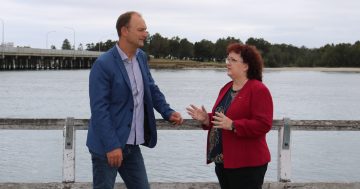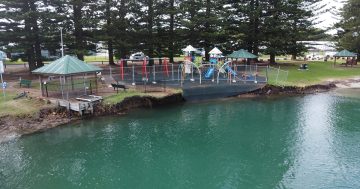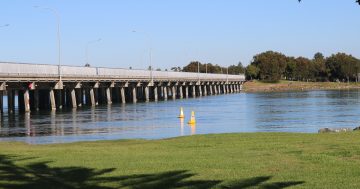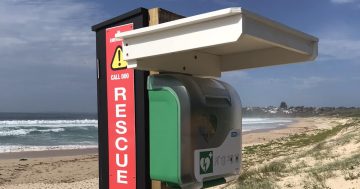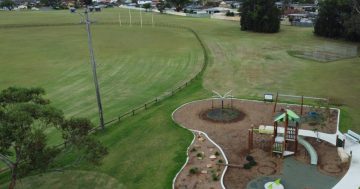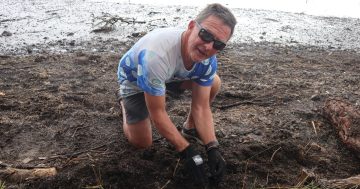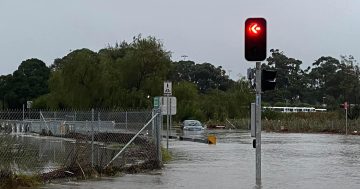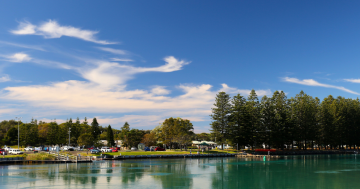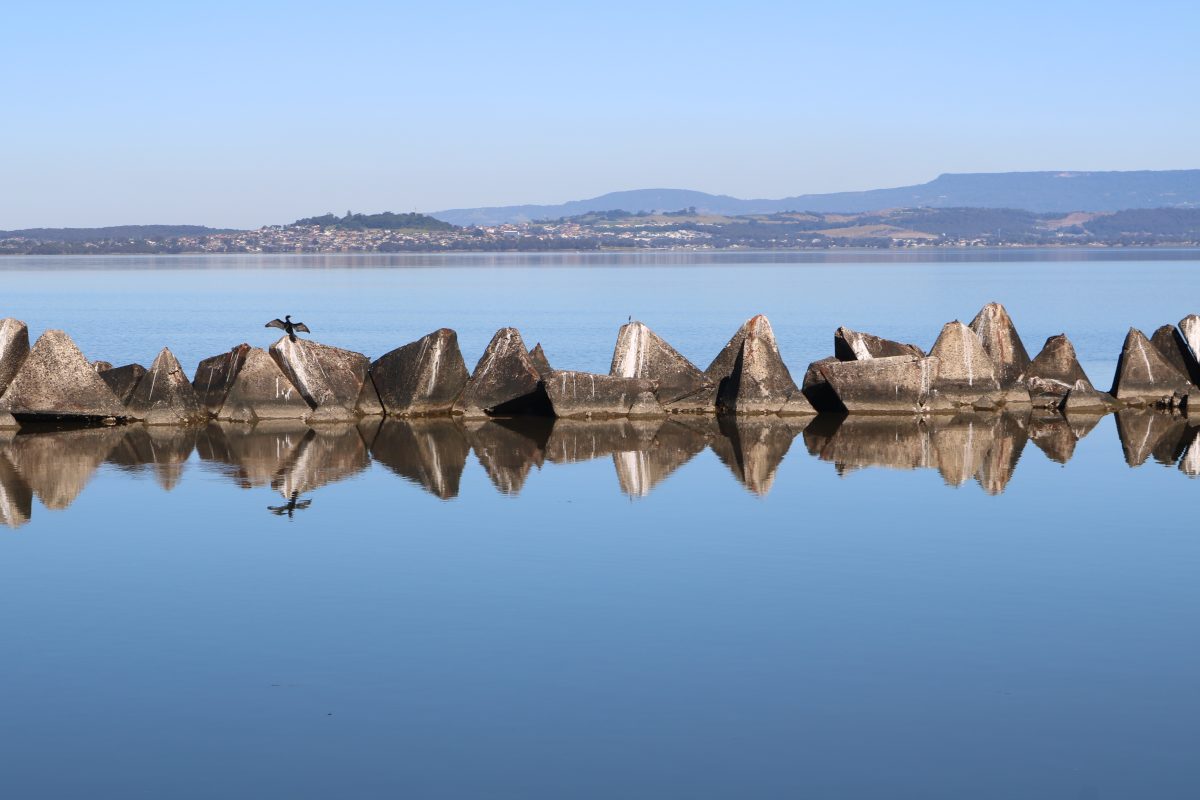
Lake Illawarra has ditched its stinky past and become a beauty spot since it was opened to the ocean in 2007 – but councils must act on erosion issues. Photo: Jen White.
Everyone agrees something must be done about Lake Illawarra – but deciding what, and who pays for it, might take longer than nearby residents would hope for.
Management of the lake was on the agenda at recent Wollongong and Shellharbour council meetings following the Lake Illawarra Entrance Options Study.
It investigated long-term options to manage negative impacts that have been occurring around the lake and the lake entrance channel since it was permanently opened by the Lake Illawarra Authority in 2007.
The opening relieved the lake of decades of sludge, but new currents and channels are now eroding the backyards of lakeside properties.
The study was funded by the NSW Government and the Wollongong and Shellharbour City councils.
Wollongong and Shellharbour councils are on the same page about the need for action, but it might be some time off.
Estimated costs for the five possible solutions range from tens of millions to $240 million, and a poor choice now could pile on additional costs in the future.
Wollongong’s Councillor Linda Campbell put it best.
“If it was easy, we would have already fixed it,” she said.
“We know in the bad old days we called it Lake Stink-a-warra.
“We don’t want to go back to where it was, but those improvements have come at a cost and now we have to hasten slowly to make sure we make the best decision we can.”
The options study found the opened lake offers opportunities for fishing, boating, paddle-boarding and kayaking and is popular with families.
It’s also valuable habitat for several native species, especially a diverse range of birds.
The councils asked for community feedback on five potential options to best manage the lake.
The most popular choices were options four and five.
Option four would be to install rock groynes with an armoured bed to slow down strong tidal flows, reduce erosion and improve safety for water activities.
It would also allow for fish migration, positive ecological health and good water quality while stabilising the water flow in a cost-effective, long-term manner.
Some community members who responded to the councils’ proposals believe the structure would be an eyesore on the lake and may need long-term maintenance.
Option five would be to remove the training wall and nourish the surrounding sand.
This would return the lake to its natural state, aligning with ecological and cultural values, and may encourage the return of species such as prawns by restoring natural cycles.
It also avoids the costs and risks associated with ongoing engineered solutions.
However, it could result in poor water quality and odour if the lake periodically closes, and the lake may still need human intervention to manage erosion.
Shellharbour’s Cr John Davey said they were in a bind.
“Whilst we make a determination, the ferocious tidal exchange continues to undermine the bridge,” he said.
“People on the northern side of the channel are increasingly concerned about what’s happening to the erosion on their side, on the Windang side, but make no mistake, that erosion will eventually make its way to the southern side and the training walls that we currently have on our side as well.
“We’ll have a loss of infrastructure and the bridge is at risk.
“So, doing nothing is not an option, but the paradox is we can’t move quickly.”
Both councils voted unanimously to write to the NSW Government to undertake a Strategic Business Case for a long-term management solution for the Lake Illawarra entrance.
The councils will continue to partner with the government to deliver key studies to inform the Strategic Business Case.










